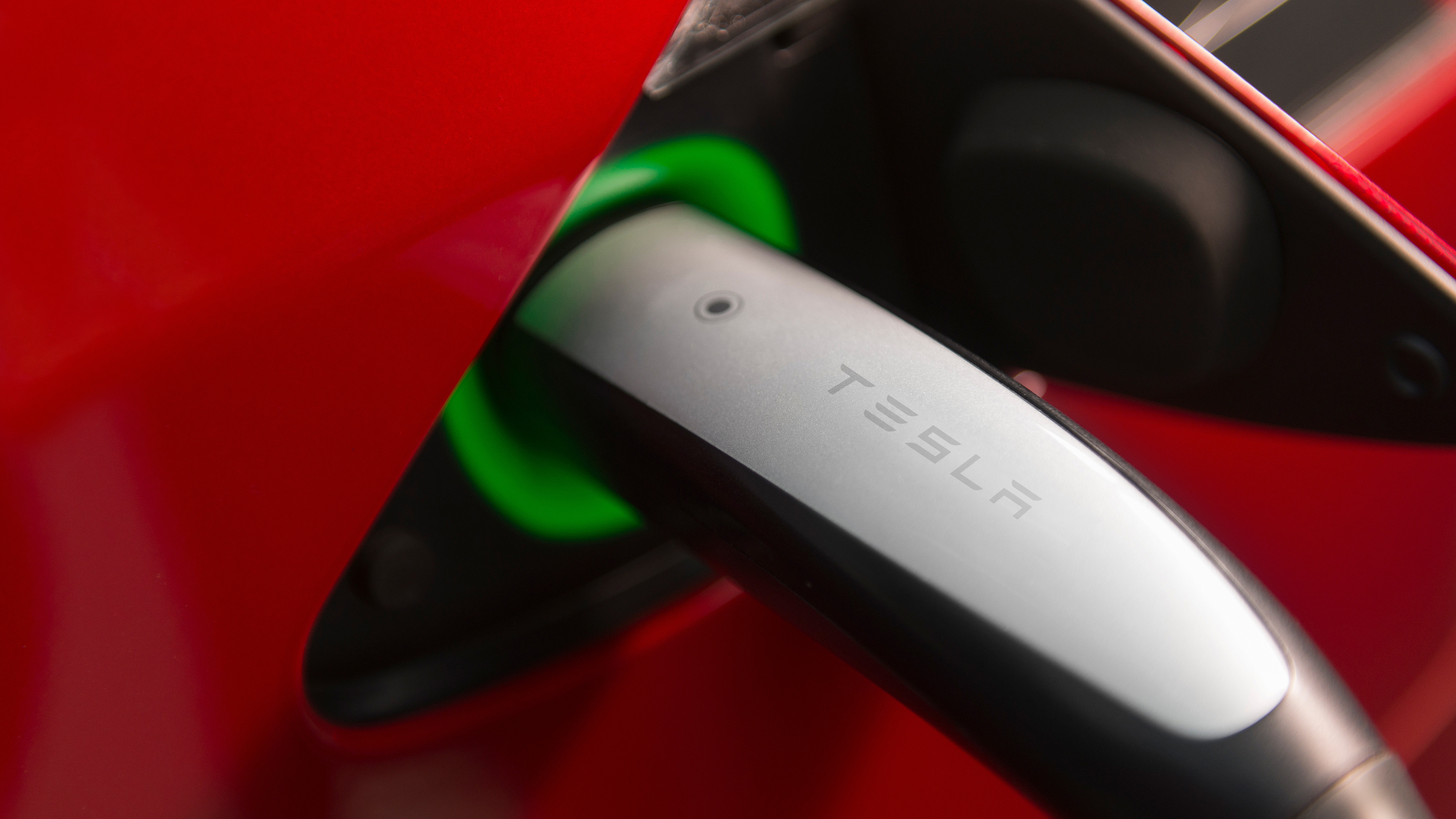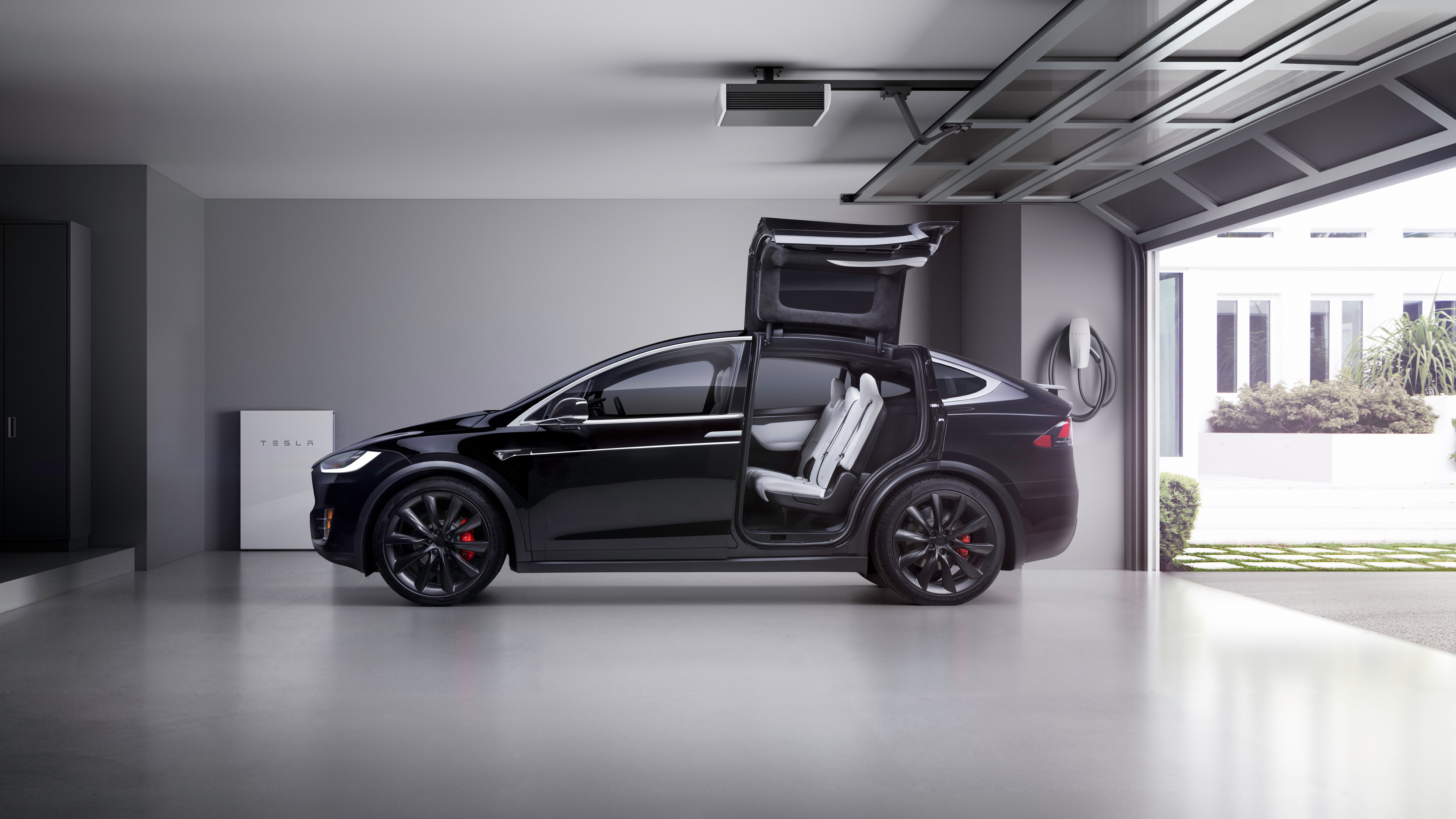How to charge a Tesla and use a Tesla Supercharger

One of the most appealing aspects if you own a Tesla, or are planning to buy one, is the freedom provided by the automaker's extensive network of Tesla Superchargers.
It's a worldwide network of power points, designed exclusively to recharge the batteries of Tesla vehicles. The chargers are getting more potent too, with Tesla boss Elon Musk recently announcing plans to boost some Superchargers from 250kW up to 300kW.
Electric vehicles are undoubtedly good, but range anxiety and lack of charging infrastructure in many areas around the globe still puts some people off buying an EV.
- Mercedes EQC review: shows how good premium EVs can be
- Polestar 2 review: all-electric performance, powered by Google
- Lexus UX 300e review: a good start, but room for improvement
The benefit with the burgeoning Tesla Supercharger network, along with the added option of home charging, is convincing many to head in the direction of a Tesla.
Growing sales attest to the appeal and Tesla has certainly pulled a masterstroke by factoring the Supercharger network into its business model.
Tesla has an ongoing plan to increase the number of Supercharger locations around the globe and you can even suggest a charging site to them. So let's take a deep dive into how to charge a Tesla and use a Tesla Supercharger to see if reality lives up to the hype.
Compatible chargers

Tesla is creating a worldwide network of Superchargers, with over 25,000 and counting charging points worldwide and in excess of 4,500 Destination Charging sites across North America.
Sign up for breaking news, reviews, opinion, top tech deals, and more.
In a rather shrewd move, Tesla has developed its selection of Destination Charging sites and placed them at convenient locations that are popular with visitors, such as hotels, restaurants and other attractions.
These are a handy supplement to the Supercharger network in that they allow you to recharge your Tesla while you’re doing something else, such as exploring a tourist spot, having a business meeting or simply relaxing. Destination Chargers can be easily located either in-vehicle or using the app.
Other charging options

Much of the appeal for many Tesla owners is the fact that the automaker has developed its own charging infrastructure and it's this Supercharger network that is the secret to its success. The whole point is that you get a standardized service, rather than having to switch providers or use multiple apps and payment options.
However, it's actually possible to buy an adapter bundle from Tesla, which will allow you to charge using other outlet types, such as a 240 volt outlet. That has the potential to deliver up to 30 miles of range per hour charged.
There are a range of different charging connectors for electric vehicles, make sure you know the difference and which one your electric car has. Find out what they are and how they compare.
Meanwhile, the automaker has a Wall Connector home charging device but it's possible to sidestep that too, by using its 20 foot Mobile Connector and NEMA 5-15 adapter that comes supplied with your Tesla. This lets you plug your vehicle into a three-prong 120 volt outlet, but it's slow with 2 to 3 miles of range per hour charged likely.
Low mileage drivers might find it a useful option though and it also works as an adapter at public charging stations.
Tesla advises that the easiest way to find third-party charging stations is to use Plugshare.com, and you should search for charge points labeled as J1772 or 120 volt.
These will work with the Mobile Connector bundle. Tesla sells a range of other adapters if you have specific requirements in your location.
Prior to a journey, especially those longer ones that can't be completed on one charge, it's a good idea to enlist the help of Tesla's Go Anywhere tool.
This can help you plan your route from A to B, including locations of Supercharger outlets, quickest routes and so on. On top of that, there's the in-car Trip Planner, which is also invaluable for calculating charge times at any recommended stops.
Home charging

Owning a Tesla doesn't just mean you'll need to visit a Supercharger outlet in order to recharge your vehicle.
Tesla has also created a range of options that allow for convenient home charging, both indoors and out depending on the type of property and requirement you have.
The Tesla Wall Connector not only looks cool on your wall, it can be fitted to just about any property by your own electrician or one of over 1,400 Tesla certified electricians.
Tesla Wall Connectors have been designed so they can be updated over-the-air when they require firmware updates via Wi-Fi.
It's also possible to add more than one Wall Connector to your property if you have the need for more charging flexibility, although this is obviously subject to the suitability of the power supply in your location.
Tesla Wall Connectors are currently compatible with the Model S, Model 3, Model X and Model Y.
Alongside the convenience factor of being able to charge your Tesla during downtime there are savings to be made too.
Power is invariably cheaper to use off peak, such as overnight, and making use of the Tesla Schedule Departure feature means you can set up your car to be ready to go when you need it, while also getting the benefit of the most economical charging times in your area.
On average, Tesla Wall Chargers should deliver around 44 miles of range per hour charged.
Charging your Tesla
One of the best things about using a Tesla Supercharger is the ease of use factor.
Simplicity and speed are the key ingredients here, with none of the faff that often comes with charging an EV at any one of the many other electric vehicle charging points that are out there in the world.
For a start, you know exactly what to expect thanks to the standardized Tesla Supercharger design.
When you're out on the road there’s the Supercharger station, which provides recharging points on many popular routes and quite a few on the less frequented ones too.
Unlike rival networks, which often have fewer charging points resulting in frequent queues, some Tesla Supercharger hubs have multiple connection units. They're often in locations that will also allow you to do something else while you're waiting.
Once you've found one, it's as simple as finding a vacant space next to one of the Tesla Superchargers and plugging in, as outlined below.

How to charge at a Tesla Supercharger
To get started, simply locate the Supercharger you wish to use, either via the in-car infotainment system, using the Tesla app or visually – they're pretty easy to spot at most roadside locations.
Third-party apps can also help you pinpoint a Tesla Supercharger location too, such as Zap Map in the UK for example.
Once located, all you need to do is park next to an available Supercharger unit and plug in. Tesla Supercharger units feature a Type 2 cable for the Model S and Model X and a CCS cable for the Model 3, both of which deliver rapid direct current or DC charging.
If all is well a green light on your Tesla charging port will start flashing, indicating the process is underway.
You can keep an eye on progress either by using the infotainment system or the Tesla app if you're leaving the car to get on with it.
Compared to many rival systems it's pretty easy to see why Tesla has won so many people over. Simplicity and ease of use mean everything to consumers. And, matching that with speedy charging makes the Tesla Supercharger network a hard act to follow.

Rob Clymo has been a tech journalist for more years than he can actually remember, having started out in the wacky world of print magazines before discovering the power of the internet. Since he's been all-digital he has run the Innovation channel during a few years at Microsoft as well as turning out regular news, reviews, features and other content for the likes of TechRadar, TechRadar Pro, Tom's Guide, Fit&Well, Gizmodo, Shortlist, Automotive Interiors World, Automotive Testing Technology International, Future of Transportation and Electric & Hybrid Vehicle Technology International. In the rare moments he's not working he's usually out and about on one of numerous e-bikes in his collection.